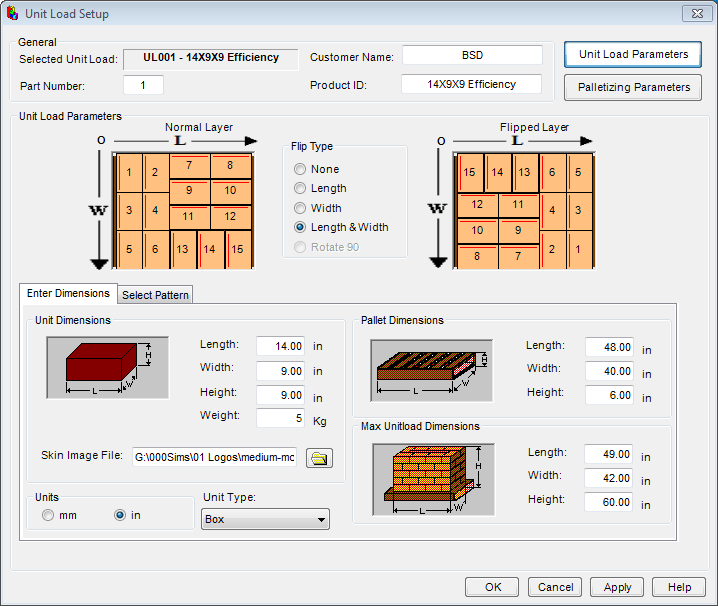

If wrapping pallets by hand, start by tying the end of your shrink wrap to the bottom of one corner of your pallet. Shrinkwrap helps hold stacked boxes together so they behave as one unit instead of many individual boxes. You can also use cardboard corner boards and slip sheets for more stability. Fasten your freight to the pallet using at least two straps on each side as shown below. If possible, work the smaller boxes into the stack so that the overall composition is a more cubic shape.īefore wrapping your freight in shrink or stretch wrap, you’ll want to strap your freight to the pallet using heavy-duty packing bands made from steel, polypropylene, rayon or polyester. This pyramid shape can compromise the structural integrity of your stack. Many shippers make the mistake of placing smaller boxes toward the top of the pallet, causing the stack to narrow as it gets taller. Whatever you do, avoid stacking boxes in columns with all the boxes facing in the same direction as this makes it easier for boxes to tip over or slide during transit. Examples of both patterns can be seen below. If unable to use the overlapping pattern, make sure you rotate each new layer of boxes you add. This usually works best if you’re stacking boxes of the same size. If possible, stack boxes in an overlapping brick pattern. Overhanging goods can also cause automatic pallet dimensioners used by carriers to record larger length or width measurements, which can result in freight re-bills or reclassification fees. Any boxes or goods that overhang the pallet are more likely to be damaged or compromise overall stability. It also ensures you’re using as much pallet space as possible. Bringing your boxes to the edge makes strapping goods down easier and more stable. Tip 2: Up to the edge, not overįor maximum stability and pallet density, arrange your boxes in a way that brings them as close to the edges of your pallet as possible without hanging over. It also helps you avoid crushing any lighter, less-dense goods. This will help you create a stable base with a lower center of gravity.

Pallet stacking software how to#
When deciding how to arrange your boxes on a pallet, remember that heavy items should be placed on the bottom layer. If your business has been bitten by packing mistakes in the past, take a look at our tips for building a better pallet. But for every 100 shipments that arrive unscathed, there are a few that arrive in less-than-perfect condition, and sometimes, the damages sustained during shipment can be attributed to nothing more than easily avoidable packing errors. And it looks good when done right.It takes a lot of work by a lot of people to ensure that the millions of goods shipped each day arrive at their final destinations on time and in good condition. It appears to create a far stronger ‘whole’ from the individual parts. It’s what our parents taught us when we were playing with toy blocks as children.

Intuitively ‘brick stacking’ box arrangements seems to make sense. Then there is the way boxes are combined on the pallet. Other times a Tetris approach for items in bags or diverse loads will fill in space and effectively cut down on pallets needed. Column patterns are suited to like products such as cartons or uniform box shapes. Even uniform pallets should be checked for gaps, and new patterns experimented with.

Here, it depends on the type of goods being packed. The initial footprint of the pallet contents is as good a place to start as any. In this way we can often make small tweaks or recommendations that can have far larger consequences for both product damage and pallet optimisation. While much of our work takes place after the pallet is assembled we still take a pretty close look at pick and build processes.


 0 kommentar(er)
0 kommentar(er)
